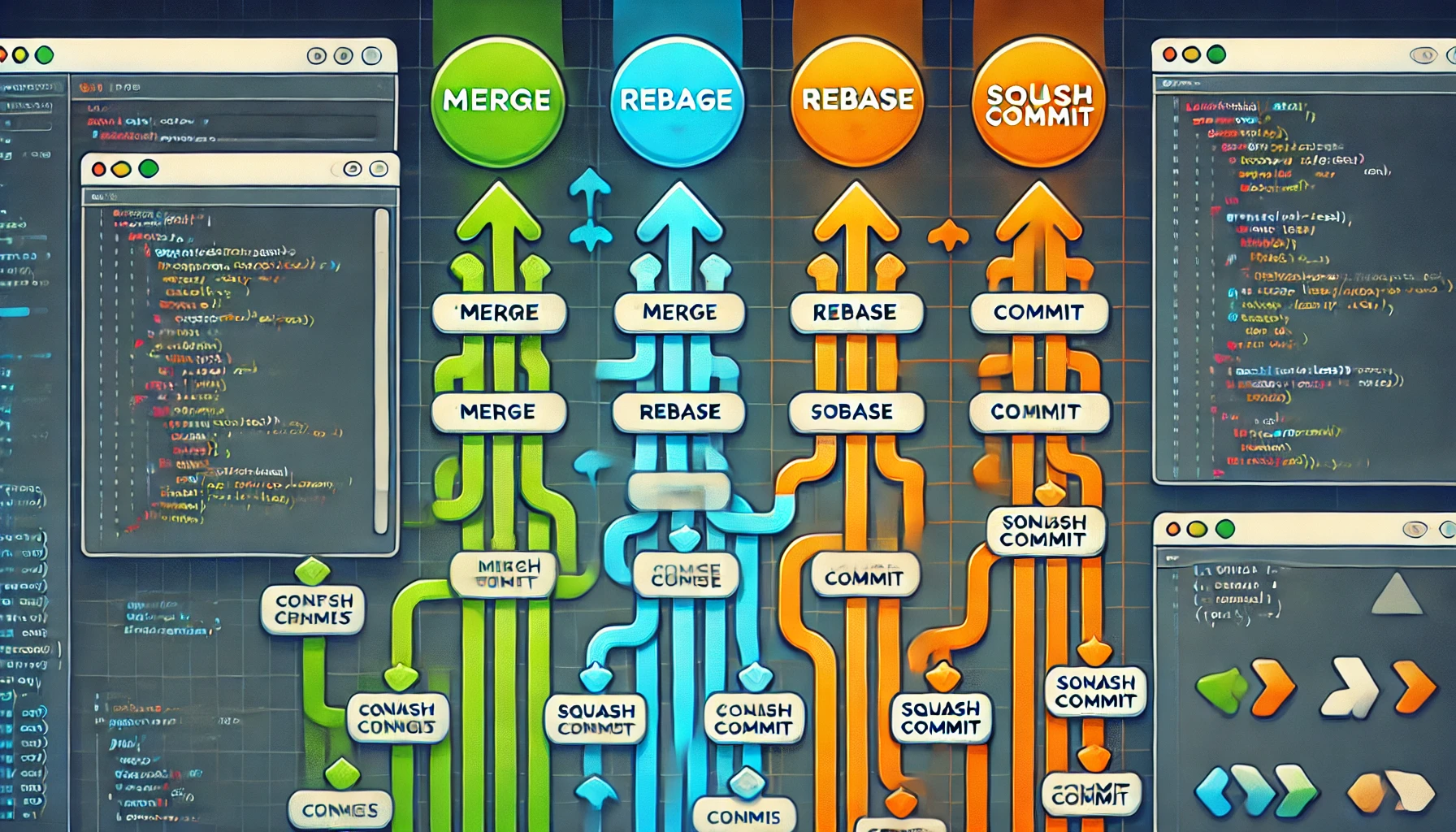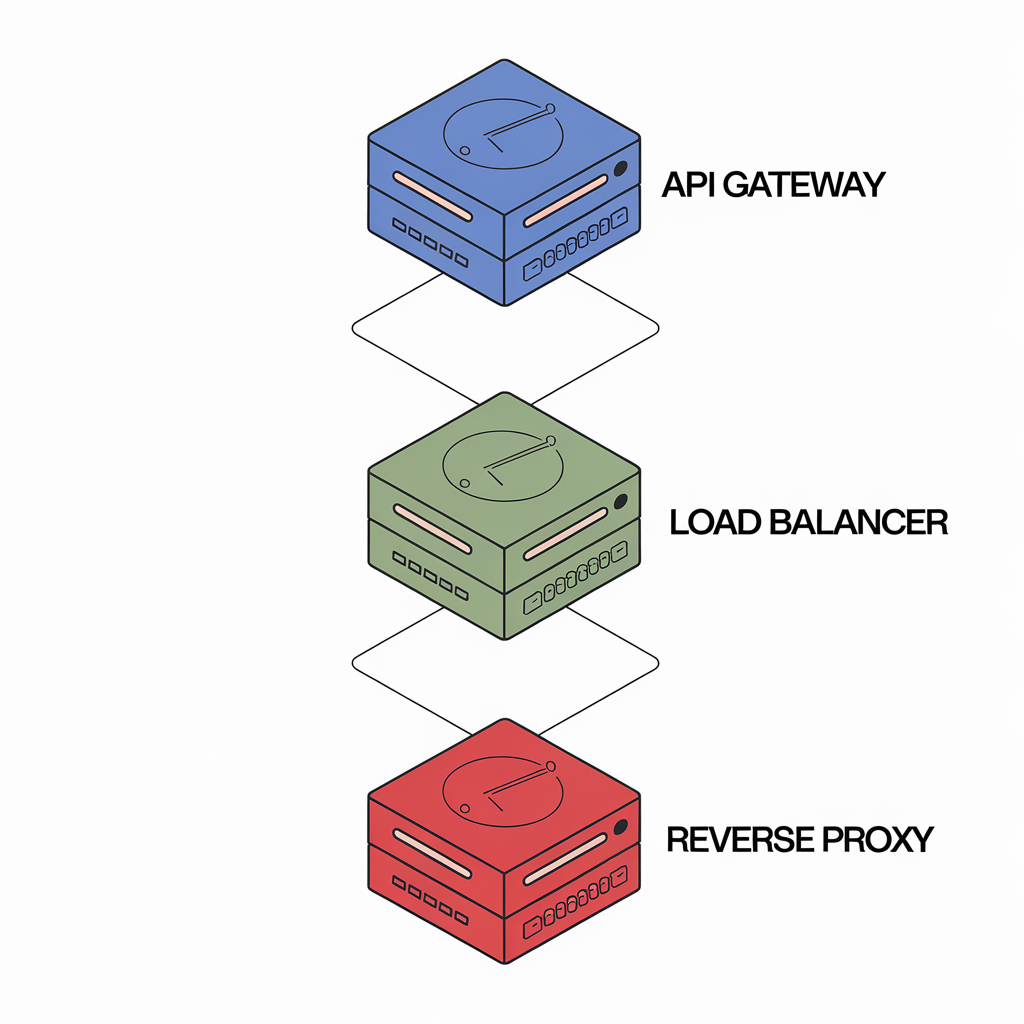Introduction: Mastering React Hooks to Build Modern Web Applications
If you’re working with React, one of the most exciting features you need to master is React Hooks. Introduced in React 16.8, Hooks revolutionized how developers build components by allowing them to use state and other React features without writing a class. Today, Hooks are the cornerstone of modern React development, making components easier to manage, test, and scale.
In this blog, we’ll guide you through the most important Hooks, explain their purpose, and show you how to apply them in your projects. Whether you’re a React beginner or looking to enhance your skills with advanced Hooks, this guide will give you the knowledge and tools to master React Hooks. Let’s dive in!
Understanding React Hooks: The Key to Functional Components
Before React Hooks, working with state and lifecycle methods required class components. However, Hooks brought these features to functional components, simplifying code structure and improving readability. Hooks allow you to reuse stateful logic, making it easier to manage side effects, state, and contexts.
1. useState: Managing State in Functional Components
The useState Hook is the most commonly used hook for managing local state in a functional component. It allows you to declare a state variable and a function to update it.
Basic Syntax:
javascriptconst [state, setState] = useState(initialState);
Example: Toggling Visibility
Let’s say you want to toggle the visibility of a text element. With useState, this becomes simple:
javascriptconst [visible, setVisible] = useState(false);
return ( <div> <button onClick={() => setVisible(!visible)}>Toggle Text</button> {visible && <p>This text is now visible!</p>} </div> );
Practical Use Case:
Imagine you’re building a modal component that opens and closes based on a button click. By using useState, you can easily toggle the modal’s visibility:
javascriptconst [isOpen, setIsOpen] = useState(false);
const toggleModal = () => { setIsOpen(!isOpen); };
return ( <div> <button onClick={toggleModal}>Open Modal</button> {isOpen && <Modal />} </div> );
2. useEffect: Handling Side Effects in React Components
Side effects in React, such as fetching data from an API, subscribing to WebSocket events, or manually changing the DOM, are managed using the useEffect Hook. This hook runs after the component renders and can run again when certain state values change.
Basic Syntax:
javascriptuseEffect(() => { // Code to run on component mount and updates }, [dependencies]);
// Optional dependency array
Example: Fetching Data from an API
javascriptuseEffect(() => { fetch(‘https://api.example.com/data’) .then(response => response.json()) .then(data => console.log(data)); }, []);
// Empty dependency array means it runs only on mount
Practical Scenario:
You’re building a dashboard that displays live weather data from an API. Using useEffect, you can fetch the data when the component mounts and update it whenever the user’s location changes:
javascriptuseEffect(() => { const fetchWeather = async () => {
const response = await fetch(https://api.weather.com/location=${location}`);
const data = await response.json(); setWeather(data); }; fetchWeather(); }, [location]);
// Re-run when location changes`
Common Use Case: Cleanup in useEffect
Some side effects need to be cleaned up, like event listeners or WebSocket connections. useEffect can return a cleanup function that runs before the component unmounts:
javascriptuseEffect(() => { const handleResize = () => { console.log(‘Resized!’); };
window.addEventListener(‘resize’, handleResize);
return () => { window.removeEventListener(‘resize’, handleResize); // Cleanup on unmount }; }, []);
3. useContext: Sharing Data Between Components Effortlessly
The useContext Hook allows components to access values from context providers without needing to pass props down the component tree manually. This is particularly useful for global states like themes, authentication, or user settings.
Basic Syntax:
javascriptconst value = useContext(MyContext);
Example: Theme Context
javascriptconst ThemeContext = React.createContext();
function App() { return ( <ThemeContext.Provider value=”dark”> <Toolbar /> </ThemeContext.Provider> ); }
function Toolbar() { const theme = useContext(ThemeContext); // Access theme value return <div className={toolbar ${theme}}>Toolbar Content</div>; }
Practical Scenario:
In a multi-language website, you can use useContext to provide the current language globally. Instead of passing the language prop through every component, you can access it directly using useContext.
4. useReducer: Managing Complex State with Reducers
When managing complex state logic or when you need to transition through multiple states based on actions, useReducer is your best choice. It’s similar to useState but offers more control, especially in large applications.
Basic Syntax:
javascriptconst [state, dispatch] = useReducer(reducer, initialState);
Example: Counter Reducer
javascriptconst initialState = { count: 0 };
function reducer(state, action) {
switch (action.type)
{ case ‘increment’: return { count: state.count + 1 };
case ‘decrement’: return { count: state.count – 1 };
default: throw new Error(); } }
function Counter() {
const [state, dispatch] = useReducer(reducer, initialState); return ( <div>
<p>{state.count}</p>
<button onClick={() => dispatch({ type: ‘increment’ })}>+</button>
<button onClick={() => dispatch({ type: ‘decrement’ })}>-</button>
</div> ); }
Practical Use Case:
You’re building a shopping cart feature. You need to handle actions like adding items, removing items, and clearing the cart. With useReducer, you can manage this complex state easily:
javascriptconst cartReducer = (state, action) => {
switch (action.type) {
case ‘addItem’: return […state, action.item]; case ‘removeItem’: return state.filter(item => item.id !== action.id); case ‘clearCart’: return []; default: return state; }
};
const [cart, dispatch] = useReducer(cartReducer, []);
5. useRef: Accessing DOM Elements or Mutable Values
useRef allows you to access DOM elements or store mutable values that persist between renders without triggering a re-render.
Basic Syntax:
javascriptconst myRef = useRef(initialValue);
Example: Managing Focus on an Input Field
javascriptconst inputRef = useRef(null);
useEffect(() => { inputRef.current.focus(); // Focus the input element on mount }, []);
return <input ref={inputRef} type=”text” />;
Practical Use Case:
In a form component, you may want to focus on an input field when a modal opens. By using useRef, you can easily manage DOM element access without re-renders:
javascriptconst inputRef = useRef();
useEffect(() => { if (modalOpen) { inputRef.current.focus(); } }, [modalOpen]);
6. useMemo: Optimizing Expensive Calculations
The useMemo Hook is used to optimize performance by memoizing expensive calculations so that they are only recalculated when their dependencies change. This avoids unnecessary re-renders.
Basic Syntax:
javascriptconst memoizedValue = useMemo(() => computeExpensiveValue(a, b), [a, b]);
Example: Expensive Calculation
javascriptconst expensiveCalculation = useMemo(() => { return computeExpensiveValue(num); }, [num]);
return <div>{expensiveCalculation}</div>;
Practical Use Case:
Imagine you’re building a data-heavy dashboard that requires complex calculations to display. Using useMemo, you can cache these computations to avoid recalculating every time the component re-renders:
javascriptconst totalRevenue = useMemo(() => calculateRevenue(orders), [orders]);
Advanced Hooks for React Pros
Once you’re comfortable with the basic hooks, React offers more advanced hooks like useCallback, useLayoutEffect, useTransition, and useImperativeHandle to give you even finer control over performance, DOM manipulation, and transitions.
useCallback: Memoizing Functions
useCallback returns a memoized version of a function that only changes if its dependencies change. This is particularly useful for optimizing performance in child components.
Example: Memoized Click Handler
javascriptconst handleClick = useCallback(() => { console.log(‘Button clicked’); }, []);
// Will only re-create the function if dependencies change
Conclusion: Master React Hooks to Build Better Applications
Mastering React Hooks is a must for modern React development. From managing simple state with useState to handling side effects with useEffect, Hooks offer a cleaner and more powerful way to handle complex logic in functional components.
As you continue to work with Hooks, you’ll find that they improve code readability, make component logic reusable, and simplify state management. Whether you’re building a small app or a large-scale project, React Hooks provide the tools to streamline development and boost performance.
By incorporating these Hooks into your workflow, you’ll be able to build more efficient, scalable, and maintainable React applications. Now it’s your turn to experiment with Hooks and take your React skills to the next level!
























